Your Definitive Guide to Lectins (what are lectins and how to shield yourself from lectins)
When it comes to better health, there’s a lot of misinformation out there. And, in order to look good or feel great, people will try almost anything, based on what they’re told.
In the 1920s, for instance, people swore by the Cigarette Diet. It’s no joke – ‘Reach for a Lucky instead of a sweet.’ In the ’50s, folks whipped up pot after pot of cabbage soup to get healthy. Even in the ’80s and ’90s, people guzzled down diet cokes or sugary meal replacement drinks until sitting down to a ‘sensible’ dinner. Health fads come and go, and buzzwords linger until the next best thing knocks on your door.
So, it comes as no surprise that over the last decade, there’s been a lot of hype about gluten. It seems everyone has a gluten-intolerant family member or friend. In fact, it seems the healthcare world is obsessed with gluten – it’s been blamed for everything from celiac disease to cystic fibrosis.
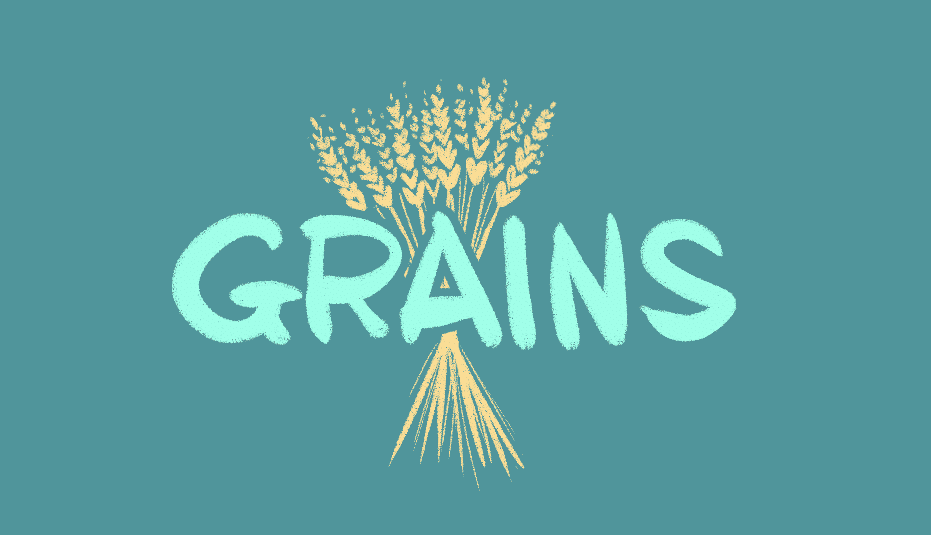 But, the truth is … gluten’s not really the only problem.
But, the truth is … gluten’s not really the only problem.
It’s related to the problem, sure, but it’s only the tip of the iceberg. And often, those who consider themselves gluten-intolerant – even if they’ve been diagnosed by a doctor – might not have JUST a gluten sensitivity. Instead, the culprit everyone should be talking about is lectins. Because gluten is a lectin, but just one of many in wheat.
Thankfully, there are ways to help your body protect itself from lectins. For instance, there’s Lectin Shield, developed by Dr. Steven Gundry, author of “The Plant Paradox” and leading expert in the lectin-free lifestyle.
You see, Lectin Shield is a simple, powerful antidote that keeps lectins from attaching themselves to your cells. As a result, lectins can’t do any more damage to your body.
But what is a lectin, exactly?
Well, lectins are plant proteins. They’re found in all sorts of members of the vegetable kingdom, and they happen to be one of nature’s greatest defenses against any hungry animal (or human being).
Now, not all lectins are toxic. But many are, and when you’ve got a lectin-intolerance, you don’t want to ingest any one of these plant proteins, because the consequences can be pretty severe.
You see, nature’s got it all figured out. Plants suppose if you eat something that makes you sick, you’ll steer clear of it the next time you’re hungry. So, by forcing you to ingest harmful lectins, Nature’s protected itself.
 Let’s say you decide to do your gut a favor and cut out gluten. It may help, but adopting a gluten-free diet doesn’t always fix the problem.
Let’s say you decide to do your gut a favor and cut out gluten. It may help, but adopting a gluten-free diet doesn’t always fix the problem.
That’s because many other kinds of non-gluten grains can contain other types of lectins.
And those lectins can cause painful or uncomfortable physical responses, including:
● Digestive issues
● Leaky Gut
● Bloating
● Nausea
● Gas
● Diarrhea
Lectins – A Closer Look
Okay, so lectins are proteins that help plants protect themselves. But, what are they, exactly?
Well, for the scientists out there, a lectin is a “carbohydrate-binding protein of non-immune origin that agglutinates cells.”1 However, for the rest of us – who read those words and see gibberish:
A lectin is a type of protein (susceptible to various diseases, bacteria, and viruses) that forces carbs (sugars, starches, and fibers) to clump together and even attach to certain cells in your body when you eat them.
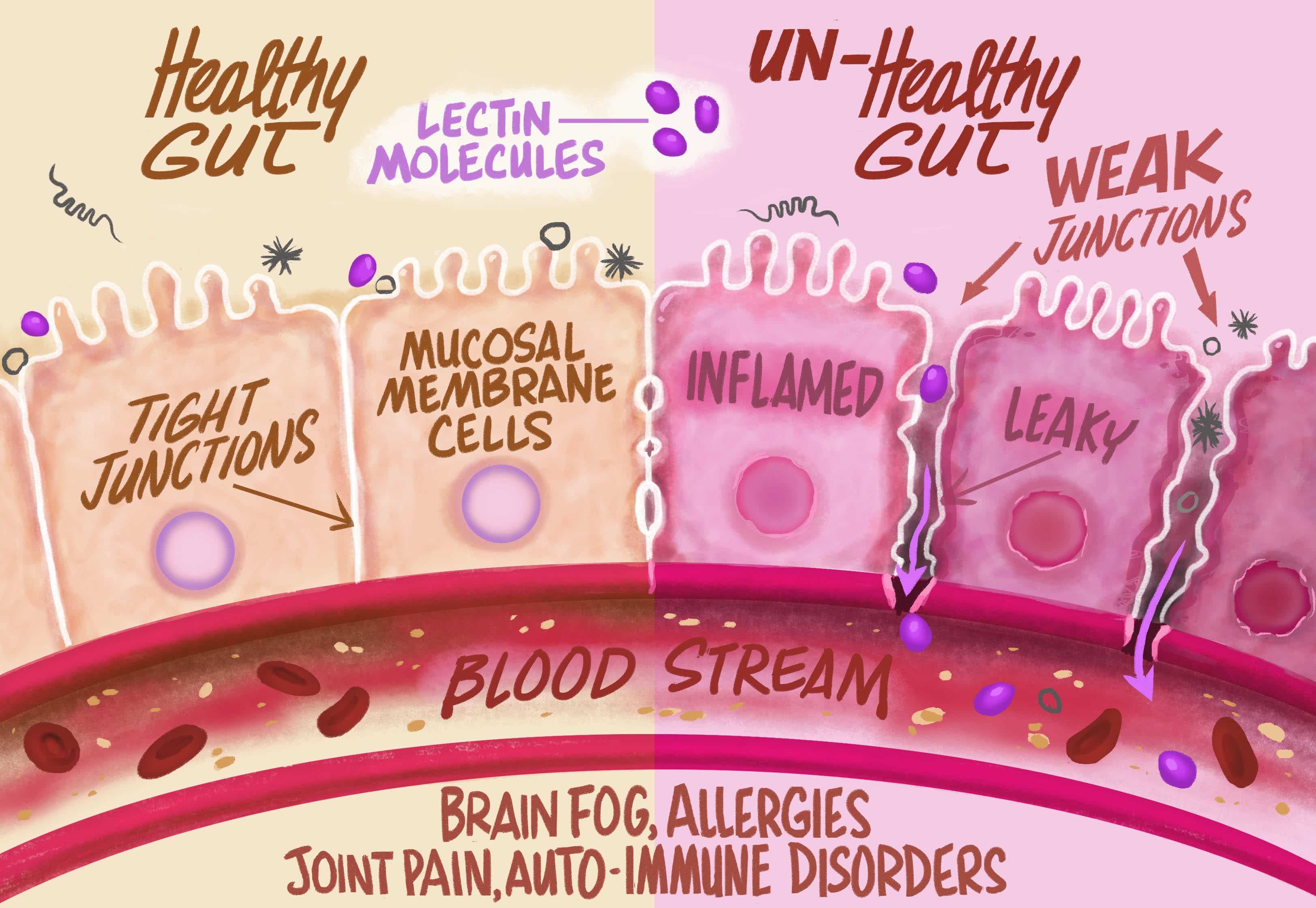 Whenever you eat a seed, a certain kind of grain or even the skin of a fruit or vegetable, the lectins inside it scout out the sugars in your body. Not only that, they look for the ones they can latch onto most easily.
Whenever you eat a seed, a certain kind of grain or even the skin of a fruit or vegetable, the lectins inside it scout out the sugars in your body. Not only that, they look for the ones they can latch onto most easily.
They particularly like to grab hold of sialic acid – a type of sugar found in your brain, gut, nervous tissue, and even in human milk.2,3 This incredible ability to latch onto sugars and bind carbohydrates earns lectins the name sticky proteins.
But, here’s why sticky proteins are so important – they interfere with the normal functioning of the person who eats them.4
Often, lectins can get in the way of important cells communicating with one another. And when that happens, the body’s response is usually inflammation or some other type of reaction to toxicity, like nausea, diarrhea, or vomiting.5 A break in cellular communication can also result in symptoms like fatigue or forgetfulness.
In addition to causing digestive issues, the sticky nature of lectins can allow them to grab onto and fuse together harmful bacteria and viruses. Not only that, but lectins can actually help those bacteria and viruses stick to the cells in the body they’re looking for. So, in some cases, people with lectin sensitivities might also get sick or infected more often than those without sensitivities.
Further Effects of Lectins
Beyond causing nausea, the discomfort and danger of a leaky gut, or even diarrhea, lectins might also prompt you to gain weight, according to Dr. Gundry as he’s witnessed in hundreds of thousands of his patients. But gaining weight wasn’t always considered a bad thing, and it’s one of the reasons it’s ingrained in us to rely on lectin-rich foods.
 You see, before we were able to process food or had the means to store it for long periods of time, folks weren’t too sure where their next meal was coming from. So, they actually wanted to gain weight to be able to make it through harsher winters. If a person had a belly, it was a good thing. It meant success or power.
You see, before we were able to process food or had the means to store it for long periods of time, folks weren’t too sure where their next meal was coming from. So, they actually wanted to gain weight to be able to make it through harsher winters. If a person had a belly, it was a good thing. It meant success or power.
And guess what they did in order to fatten up while they could? They ate wheat. And guess what wheat is full of? Lectins.
But, wheat lectins aren’t the only offenders. There are plenty of lectins in all sorts of foods. Unfortunately, there isn’t a way to measure a food’s exact lectin content, like sugars, proteins, or carbs, but we do know the foods that have higher amounts of lectins, like legumes, than others. Dr. Steven Gundry outlines these lectin-rich foods in his book, “The Plant Paradox”.
High-Lectin Foods
While wheat and grains are the lectin-rich foods the public seems to be most concerned with, there are several foods you might want to ditch (or at least consume in moderation) if you discover you’re indeed sensitive to lectins.
Here’s a shortlist of potential foods to avoid in your diet:
 ● Peanuts
● Peanuts
● Soy
● Barley
● Lentils
● Rice
● Lima Beans
● Red Kidney Beans
● Potatoes
● Split Peas
● Wheat 6
Are All Lectins Bad for You?
Frankly, there’s a lot of misinformation about lectins out there. But, despite the recent increase in gluten awareness by the public, most people seem to have stopped there in terms of testing their reactions to possible allergens.  They seem to have only been exposed to the idea of gluten intolerance. Therefore, they have no idea about the ways in which other lectins are affecting their health.
They seem to have only been exposed to the idea of gluten intolerance. Therefore, they have no idea about the ways in which other lectins are affecting their health.
But the truth is, not all lectins are bad for you.
Some lectins are indeed toxic, inflammatory, or both. But there is also a slew of lectins that are completely harmless and in some studies, certain ones are beneficial. And, because every individual is different, some folks’ lectin defense is great, while other people’s systems are incredibly susceptible to lectin poisoning.
So, Then… Why Are Some People More Lectin-Sensitive Than Others?
Well, everyone’s gut reacts differently to the environment and its forces. When it comes to lectins and their ability to wreak havoc on your body, some folks simply digest them – no problem at all. It’s possible they’ve been consuming them for so long, their bodies have naturally adjusted in some way. Others, however, can’t seem to process even a small amount of lectins without serious repercussions.
 Most of us, however, fall somewhere between these extremes. Generally speaking, you might feel mildly uneasy if you ingest a big bowl of lectins, like beans or wheat cereal. In more serious cases, lectins can cause such constant discomfort in your gut, you’re driven to see a doctor to figure out what in the heck’s going on.
Most of us, however, fall somewhere between these extremes. Generally speaking, you might feel mildly uneasy if you ingest a big bowl of lectins, like beans or wheat cereal. In more serious cases, lectins can cause such constant discomfort in your gut, you’re driven to see a doctor to figure out what in the heck’s going on.
Differing lectin tolerance levels might also exist due to biological variations in the structure and strength of your cells.
So, when you feel the effects of lectin sensitivity, the problem could actually stem from compromised SIgA barrier protection.
No doubt you’re thinking, “A compromised SIgA what?” To be clear, Secretory IgA – or SIgA – is basically the first line of defense when it comes to protecting the lining of your gut from toxins and the pathogens that could make you sick.7 Think of them like a natural lectin shield.
When the SIgA barrier fails to protect your system from harmful foods in your diet, it’s usually because the substances that coat and protect your cells – including layers of sialic acid – become weakened. Turns out, things like viruses and bacteria have enzymes in them that can strip away the protective layers of certain tissues and organs in your body. When these tissues are compromised, the cells become susceptible to your system’s chemical responses to foreign particles like – you guessed it – lectins.
And, believe it or not, genetics can play a role in lectin sensitivity and the effect they have on your gut. It’s no surprise, the diet we eat today hardly resembles what our ancestors lived on. Our bodies haven’t yet evolved to tolerate certain newer – aka processed or hybridized – foods. (More on that in a minute.)
How Many People Actually Are Lectin Sensitive?
Plants really are intelligent. They defend themselves with certain chemicals, and frankly, those chemicals do affect almost everyone who eats them in some way or another. But, the degree to which you feel any physical effects really hinges on your gut flora and how it handles coming into contact with lectins, to begin with.
Gut Flora
Gut flora – aka gut microbiota – are what make up the intricate community of tiny organisms living in your digestive tract. Seriously, these organisms are so tiny, they even live within the guts of insects.
Your gut is home to approximately 100 trillion of these minute bacteria.
Of course, these little guys affect your physiology by having an impact on the following:
● How you digest and process nutrients
● Your metabolism
● Your body’s ability to defend itself against illness.8
When this complex community gets disturbed by an intruder, your gut flora can get weaker. The result can lead to gastrointestinal issues like inflammatory bowel disease or other health issues like obesity.
In fact, scientists and doctors refer to the gut flora community as your “hidden metabolic organ” because it has such an incredible impact on human health.
Now, gut flora is the biggest group of bacteria in your body. Not only that, but your gut flora have been with you since you were a toddler. That’s why your body’s had time to develop a sort of relationship with your gut flora, and they can peacefully coexist. And your bacteria in your microbiome does good things for your body, too. For one, they provide a barricade and lectin shield, blocking out all sorts of disease-causing pathogens.
But, your gut flora can become manipulated over time – if your diet or health change for whatever reason. And since the bacteria in your gut informs your immune system about what to respond to, they can cause the serious health issues mentioned above. You see, your gut flora actually sends signals to your immune system. Dr. Gundry says it’s like your body sending text messages to the rest. They say things like, “Hey, things are nice, cozy, and warm in here, I can relax.” But they can also inform your immune system to get ready to fight to shield itself from intruders.
How your gut responds to these messages is the genetic variable. And, of course, environmental factors can also be cause for varying responses to lectins mingling with your gut flora.
Altered Foods
You see, over the last couple hundred years, when farmers have processed wheat, they’ve depended on hybridization. While it’s been great for the agriculture industry to cross-breed wheat and create new varieties, the process has affected the number of lectin proteins found in bread and other wheat products.
The thing is, though production has grown, our bodies haven’t been given time to adjust to the changes in the ways our food is produced and distributed.
Our ancestors’ bodies had developed very specific ways to process lectins over time. And, if their biological defenses failed them, they were smart and walked away. If, for example, barley made them sick, they thought, “Well, guess I’m not gonna feast on barley anymore.”
 Sadly, humans today want what we want. And if we’re told we can’t have it, we still want it. So, we pay scientists to hunker down in a lab until they can create a new “miracle” pill or a powder that addresses the discomfort caused by our behavior.
Sadly, humans today want what we want. And if we’re told we can’t have it, we still want it. So, we pay scientists to hunker down in a lab until they can create a new “miracle” pill or a powder that addresses the discomfort caused by our behavior.
Does dairy upset your stomach? No problem. Pop a lactase pill and eat ice cream to your heart’s content. Your bad behavior no longer causes you to feel the immediate consequences of indulging in it – though long-term symptoms can still occur. (Not only that, but milk contains Casein A1 – a lectin, so you can’t just swallow a Lactaid pill and be okay even though health and wellness product manufacturers want you to believe you can.)
So, why do people keep eating hybridized wheat? It’s changed so drastically, our bodies simply haven’t been able to keep up. They haven’t had the time they need to develop effective natural methods of processing and digesting the new food – especially foods containing an excess of lectins.
You see, wheat germ or wheat germ agglutinin is one of the worst of the plant lectins out there as it destroys the cells of your digestive system.
If You Stop Ingesting Lectins, Can You Heal?
Now, pretty much every person has some level of damage in their gut. And while lectins aren’t the only cause of an unhealthy gut, they do cause trouble for many people. Antibiotics can also wreak havoc on your digestive tract as well as pesticides and other environmental chemicals. Dr. Gundry outlines these harmful things or “7 Deadly Distruptors” in his latest book, “The Plant Paradox”.
But, your gut really is its very own sort of biological community. The microorganisms within the ecosystem of your gut depend on it to be their shelter. In turn, your gut depends on them to keep it healthy. If we let lectins in, a vicious cycle begins. If the gut is damaged, the good bacteria can’t get what they need to promote healthy digestion.
 That being said, however, you can do a great bit of healing if you opt to cut down on lectin consumption. Of course, your physical response can vary.
That being said, however, you can do a great bit of healing if you opt to cut down on lectin consumption. Of course, your physical response can vary.
It could take up to a year or so to mend a damaged gut, or to allow new, healthy gut flora to grow. Or, it could take much less time. Some patients have reported feeling the benefits of giving up lectins right away – within as little as a few weeks in some cases.
How Can You Tell If You’re Lectin Intolerant?
Again, there are many people out there who don’t seem to display any negative effects when they’re exposed to even large amounts of lectins. And that’s great … they’re lucky. But it’s important for everyone to know whether or not they have a low tolerance for lectins.
Symptoms of lectin sensitivity can range from fairly mild to levels of high intensity. Even if you have some tolerance, you might think there’s nothing to be done about mild discomforts. It’s not true. With a bit of information and a few simple changes in your diet, you could really improve your comfort levels and uncover a hidden, youthful energy you never thought you’d be able to experience again.
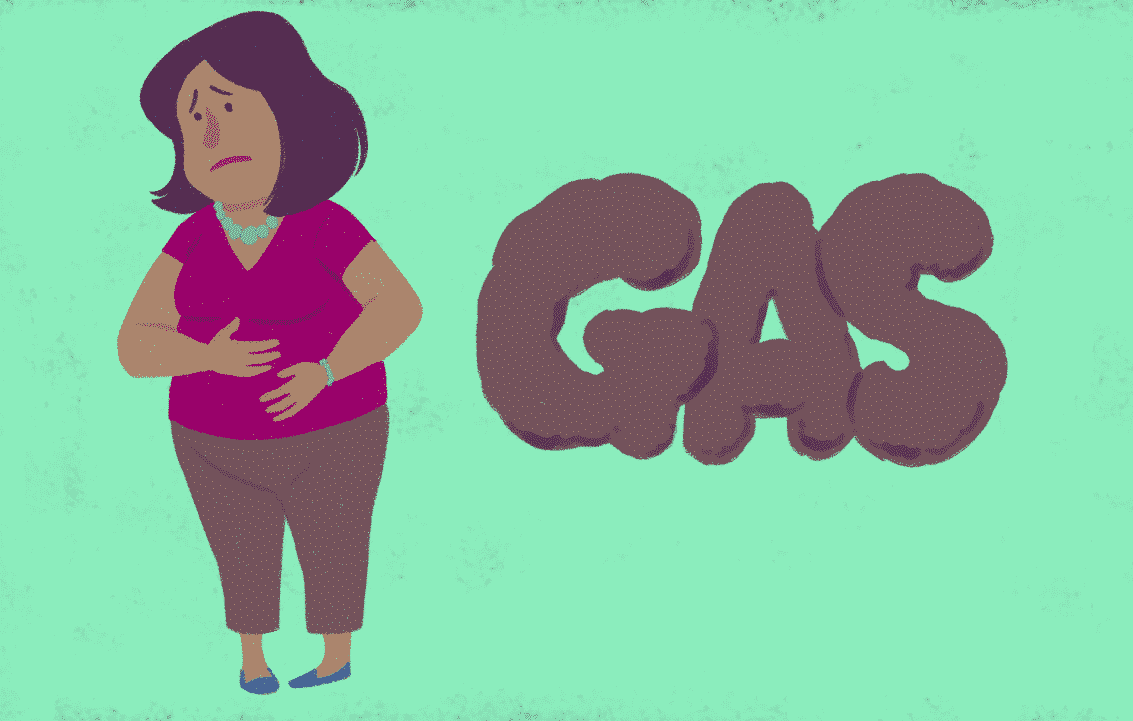 One of the easiest ways to determine whether or not you’re lectin sensitive is with a simple blood test. Because symptoms of lectin sensitivities are the result of chemical reactions within the immune system that trigger immune responses, your body will produce antibodies – it’s primary immune defense – as a reaction to lectins, and you’ll have your answer right away.
One of the easiest ways to determine whether or not you’re lectin sensitive is with a simple blood test. Because symptoms of lectin sensitivities are the result of chemical reactions within the immune system that trigger immune responses, your body will produce antibodies – it’s primary immune defense – as a reaction to lectins, and you’ll have your answer right away.
Another way to decipher whether or not you’re lectin-sensitive – and frankly, this is the more popular route – is to simply observe your symptoms after you eat foods like kidney beans, tomatoes, or wheat germ.
Ask yourself:
● Am I experiencing gas, bloating or diarrhea?
● Do I feel nauseous?
● Am I often fatigued?
● Do I seem to have allergic reactions?
● Do I experience a consistent response after I eat (nauseous, headache-y, or breaking out in a rash)?
● Do I feel pain in my joints?
Clearly, each of these questions could lead you to discover other causes for your symptoms as well, but they’re often tied to your body’s inability to shield lectins.
How to Avoid Your Body’s Negative Response to Lectins
Alright now, you’ve done your research and figured out you’d like to take some steps to better your health and restrict your plant lectins. So, what can you do?
Well, first, you can cut out dietary lectins! By removing lectins, Dr. Steven Gundry’s patients have seen a dramatic improvement in their ailments… across the board, no matter the issue.
 That’s right, you can cut lectins, like grains, such as wheat, and beans, out of your diet with relative ease. Try it for just one week and see if you notice your symptoms improving. But remember to be smart about any kind of dietary change and check in with your doctor. Other positive results from cutting out lectins include: weight loss, renewed energy, better focus, and improved digestion.
That’s right, you can cut lectins, like grains, such as wheat, and beans, out of your diet with relative ease. Try it for just one week and see if you notice your symptoms improving. But remember to be smart about any kind of dietary change and check in with your doctor. Other positive results from cutting out lectins include: weight loss, renewed energy, better focus, and improved digestion.
And don’t forget to follow proper nutritional guidelines whenever you change your dietary habits. You’ve got to make sure you’re still getting your essential vitamins and nutrients.
Also, you can try using Lectin Shield, designed by renowned heart surgeon Dr. Gundry. It delivers so many incredible benefits. For instance, it can help reduce digestive issues like bloating and gas. It can also help reduce your cravings for unhealthy foods and help you stay at a healthier weight. It also promotes regular bowel movements, which can help your body do a better job of absorbing important nutrients.
Basically, you just take two Lectin Shield capsules with your first meal of the day. Then take another two capsules with your dinner. That’s really all there is to it.
You really want to remember to take Lectin Shield at mealtime so it can bind to the plant lectins in the food you eat. And as an added bonus, you may notice the powerful ingredients helping you fight fatigue and fungal issues.
Lectin-Avoidance Diets
While you can supplement your diet with foods that neutralize and fight the effects of lectins, most nutritionists and doctors recommend you eliminate the offending foods to the best of your ability and replace them with other nutritious foods.
Now, nutritionists have long promoted diets high in protein, vegetables, and limited fruits. The great news is that this is also the best strategy for controlling your lectin intake.
If you’re considering a lectin-avoidance diet, refrain from eating these foods:
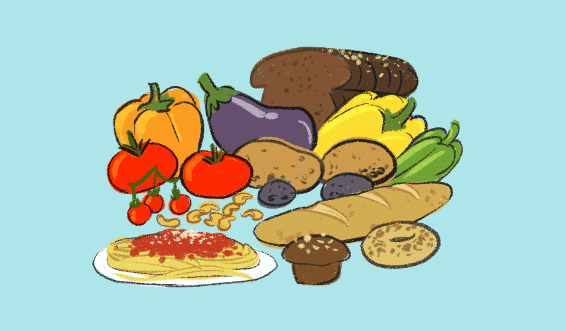 ● Grains (wheat, quinoa, wheat germ, rice, oats)
● Grains (wheat, quinoa, wheat germ, rice, oats)
● Nightshades (unless you peel the skins and deseed them)
● Beans (unless you pressure cook them)
● Seeds
● American dairy
● Non-pastured raised meats
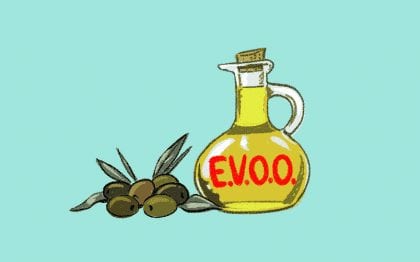
Try to focus on eating more:
● Pasture-raised meats and eggs
● Wild-caught seafood
● Fermented veggies, like kimchi and sauerkraut
● Italian or French cheeses and butter
● Certain fruits in season (dark berries)
● Dark, leafy vegetables (celery, kale, spinach, romaine lettuce)
● Pressure-cooked legumes
● Good fats (olive oil/avocados)
Turns out, if you commit to eating less grains and lowering your sugar and protein intake, you’ll experience noticeable benefits. You can even tailor some of your favorite diet models – low-carb, keto or paleo, for example – to the specifics of a lectin-avoidance diet. Now, this diet does take some adjustment. If you experience flu-like symptoms, gas, fatigue or headaches in the beginning, this is normal. Your body is going through a detox. These lectin-avoidance symptoms go away after a few weeks.
Deactivating Lectins
Now, in case you’re among those who believe you just can’t (or don’t want to) cut lectins from your diet, there are foods, such as okra and supplements, like Lectin Shield, out there to help reduce or eliminate the harmful effects of lectins.
For example, some carbs can actually deactivate toxic lectins when they bind together. This may seem like a contradiction, as you’ve just read when most carbs interact with lectins they either cause or increase health issues. And, of course, that’s true.
 But some carbs bind to toxic lectins without affecting your health negatively. Instead, they neutralize the offensive lectin, rendering it benign. Then, these carbohydrates bind the protein, preventing it from causing harm or attaching to the cell membrane.
But some carbs bind to toxic lectins without affecting your health negatively. Instead, they neutralize the offensive lectin, rendering it benign. Then, these carbohydrates bind the protein, preventing it from causing harm or attaching to the cell membrane.
As useful as it is to be aware of these lectin-neutralizing food components, it’s not a truly effective strategy on its own. These foods and supplements can neutralize some toxic lectins, but they can’t completely protect your body from all lectin damage. That’s why a smart diet, in addition to certain supplements, is really the way to go when it comes to trying to deal with lectins head-on.
Neither strategy alone makes perfect health a given, but if you’re vigilant, informed, and careful, it could lead to truly amazing improvements in your health, such as decreased pain in your joints and better digestion.
In Conclusion
The fight against lectins is real. And scientists and doctors are doing their best to unlock all the mysteries of lectins and how they affect your health. It’s a tough battle in a world in which lectin-rich food is so prevalent. But, one by one, folks are learning the truth and adopting habits to ensure a better quality of life. Are you ready to cut out lectins and improve your lifestyle and health?
Take a week. Survey your symptoms. If it looks like you might be lectin-intolerant, take one more week and give an elimination diet a shot or try out the 90-day diet for healing from disease and unwanted extra weight outlined in “The Plant Paradox”, by Dr. Steven Gundry. You could notice positive changes sooner than you think. And you might just find yourself on the road to improving your overall health and well-being. If it you still don’t see a difference, you may need to try Lectin Shield for better overall digestion.
References:
1. The Lectins: Properties, Functions, and Applications in Biology and Medicine
2. http://www.nature.com/ejcn/journal/v57/n11/full/1601704a.html
3. http://www.sciencedirect.com/science/article/pii/S0041010104001916
4. https://www.ncbi.nlm.nih.gov/pmc/articles/PMC157596/pdf/1090347.pdf
5. https://www.ncbi.nlm.nih.gov/pmc/articles/PMC157596/pdf/1090347.pdf
6. The Lectins: Properties, Functions, and Applications in Biology and Medicine (Irvin Liener; 1986)
7. http://www.nature.com/mi/journal/v4/n6/full/mi201141a.html
8. https://www.ncbi.nlm.nih.gov/pmc/articles/PMC3667473/
About

Dr. Steven Gundry is renowned heart surgeon and New York Times bestselling author of “The Plant Paradox” and “The Plant Paradox Cookbook.”
Subscribe for Dr. G’s health tips and lectin-free cooking demos:
